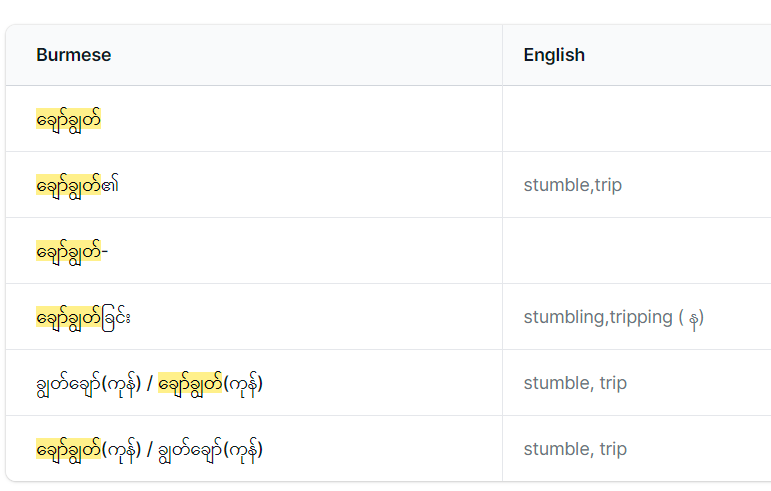Dear Dhamma friends,
Great things are about to happen. One of them is the translation of the Majjhima Nikāya Commentary.
I am so sure this can happen because we have got the Majjhima Nikāya Burmese Nissaya fully typed up; hence it is very convenient to translate for anyone who knows Burmese.
But.
Before we start, I first need to admit that now, at the beginning, I am alone on this. MN has 152 suttas. If I take 1 month for each sutta, it will take 152/12 = about 13 years.
But I do not want to spend 13 years with this. I will need help, and we need to work on it as a group of enthusiastic people.
At this moment, I have finished the translation of MNA for 100. Saṅgārava Sutta. Everyone, please come and help me improve here:
The translation includes Mūḷa, Aṭṭhakathā, and Ṭīkā. It has about 50 A4 pages. Just this one sutta. Imagine how big thing it is to translate 152 times more.
First things first.
→ Let’s be a team.
→ Let’s agree on the form of how each translation will look like.
At this moment, what I can provide is my translation as the template for consideration. Let me know what you think. Like? Not like? What do you suggest?
→ Rather than translating mūḷa complete, then separately aṭṭhakathā, then separately ṭīkā, this form has every paragraph or major part in the mūḷa immediately followed by its commentarial and subcommentarial exegesis.
→ The sections have a different color to help the reader recognize whether they are reading the main text, a commentary, a sub-commentary, or supplementary text from elsewhere in Tipiṭaka.
→ The Pali and English are treated in separate columns, so it is possible for a non-proofing reader continuously read their desired language without interruption.
→ Footnotes are in Turabian style, so they are always available on the page where the reader reads.
→ Translation is verbatim with short explanations in brackets, so the reader is always clear about what is added and what is in the original text.
→ Nothing is omitted in the translation (and if there is any problem, it is explained in a footnote).
The advantage of this style of translating is that anyone can easily check and correct the translation. Also, the translation is a standalone text, you do not need the MN or MNT to supply further information, because this text includes all three: MN, MNA, and MNT.
When the translation is done, anyone can transform it into their desired style. For example, anyone can make a new document with this text, only the English version, and remove the Pali original. Or someone can take the English and remove the explanatory brackets to make it a leisure-reading.
We could do that too. The text we prepare could be understood as a preparatory level. When we so desire, we can rewrite it again in a leisure-reading form.
